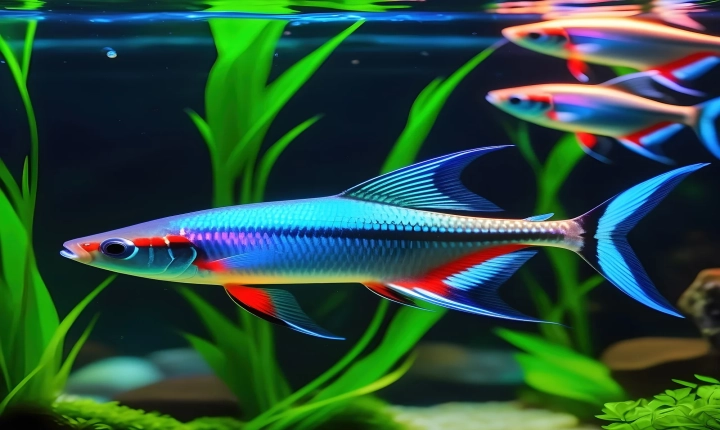Can AI Create Infographics?
The rise of artificial intelligence (AI) has revolutionized many aspects of modern life, including the way we create and consume visual content. Infographics have become a popular tool for conveying complex information in a visually appealing and easily digestible format. Traditionally, the creation of infographics required design skills and a time-consuming process of gathering and presenting data. However, with the advancement of AI technology, the question arises: can AI create infographics?
The short answer is yes, AI can indeed create infographics. Intelligent algorithms and machine learning have empowered software to automatically generate infographics based on input data and design preferences. This has led to a paradigm shift in the way infographics are produced, making it faster, more accessible, and less reliant on specific design skills.
One of the key advantages of using AI for infographic creation is its ability to analyze and interpret large sets of data in a fraction of the time it would take a human. This means that AI-powered tools can transform complex datasets into visually engaging infographics with minimal human intervention. Moreover, these tools often come with pre-designed templates, color schemes, and layout options, allowing users to create professional-looking infographics without any design expertise.
AI-powered infographic creation also offers a high degree of customization. Users can input their specific data, such as statistics, charts, and diagrams, and the AI tool will intelligently organize and present the information in a visually appealing manner. This level of customization enables individuals and businesses to create infographics that are tailored to their unique needs, whether it’s for marketing, presentations, or educational purposes.
In addition to data processing and visualization, AI can also assist in content generation for infographics. Natural language processing (NLP) algorithms can help condense lengthy text into concise and impactful statements, making it easier to communicate key messages within the infographic. This capability streamlines the content creation process and ensures that the infographic effectively conveys the intended information.
However, while AI has made significant strides in automating the infographic creation process, there are some limitations to consider. AI-generated infographics may lack the human touch and creativity that comes with manual design, potentially resulting in a uniform and standardized look across different infographics. Furthermore, the interpretation of data and contextual understanding may not always align with human intuition, which could lead to inaccuracies or misrepresentations in the visualized information.
It’s important to note that AI should be viewed as a complement to human creativity and expertise in infographic design, rather than a replacement. By leveraging the efficiency and data processing capabilities of AI, designers and creators can focus on refining the visual and storytelling aspects of infographics, adding their unique insights and creative elements to produce more impactful and compelling visual representations of data.
In conclusion, AI has demonstrated its ability to create infographics by automating the data visualization and content generation process. It offers speed, scalability, and customization, making infographic creation more accessible to a wide range of users. However, the human touch and creative input remain invaluable in ensuring the accuracy, relevance, and aesthetic appeal of infographics. The combination of AI technology and human expertise holds great potential for the future of infographic creation, enabling more efficient and meaningful visual communication of data-driven insights.
